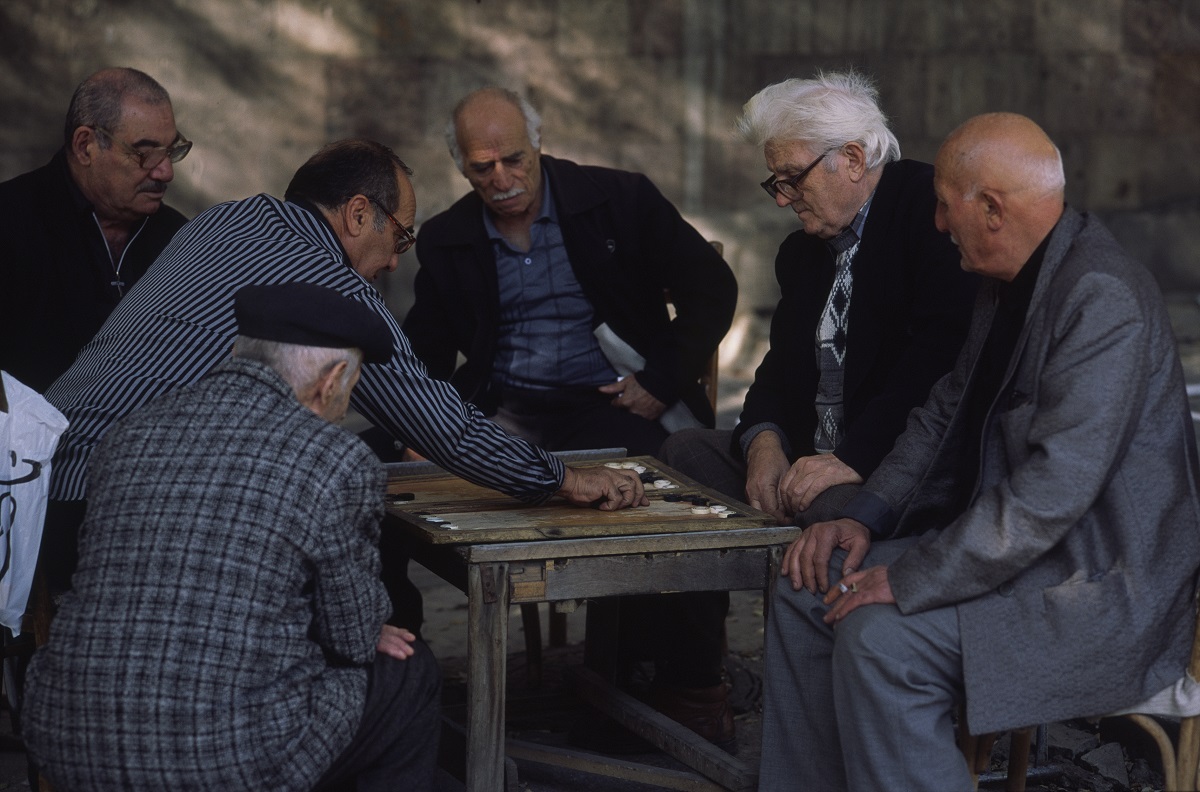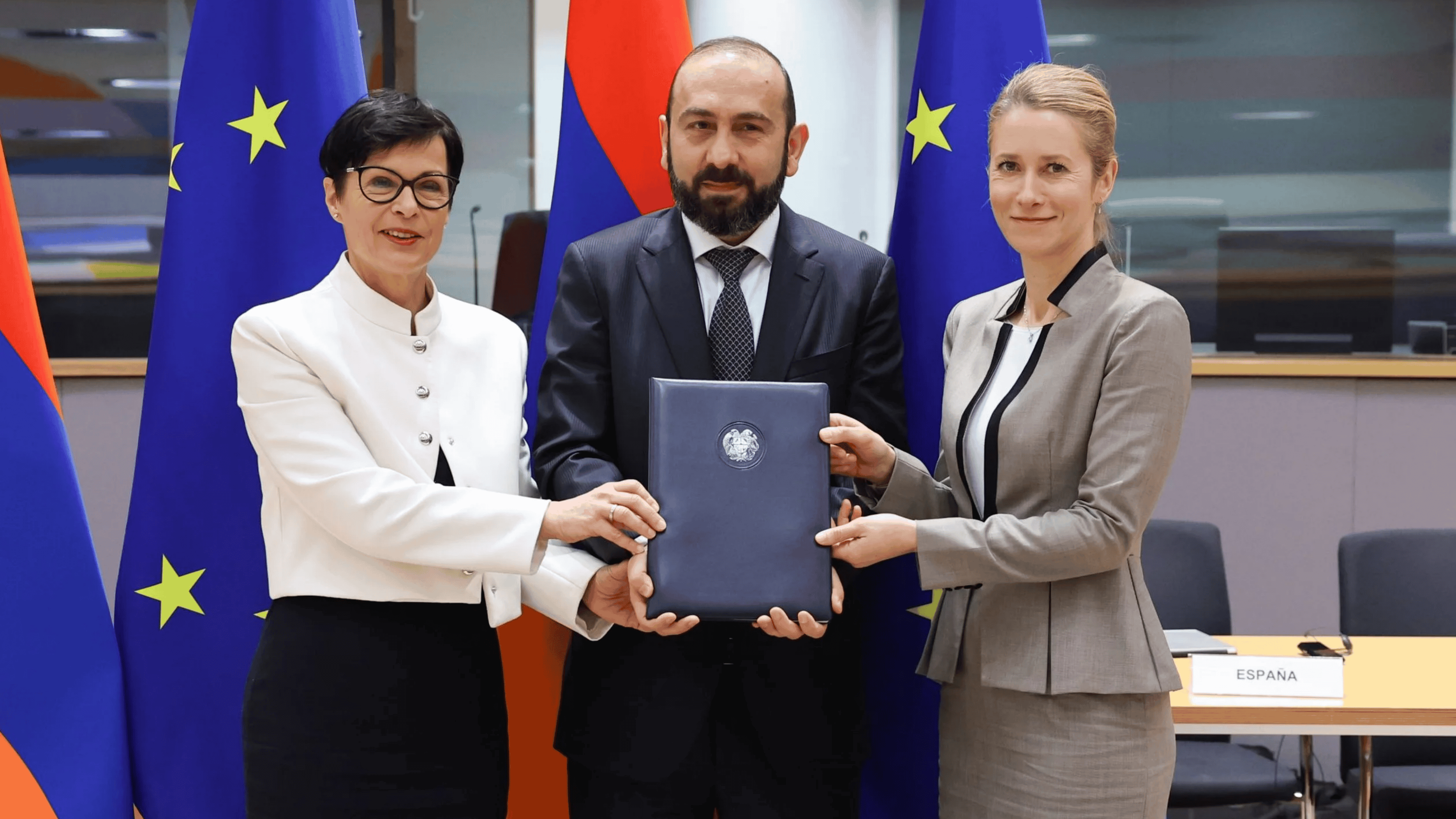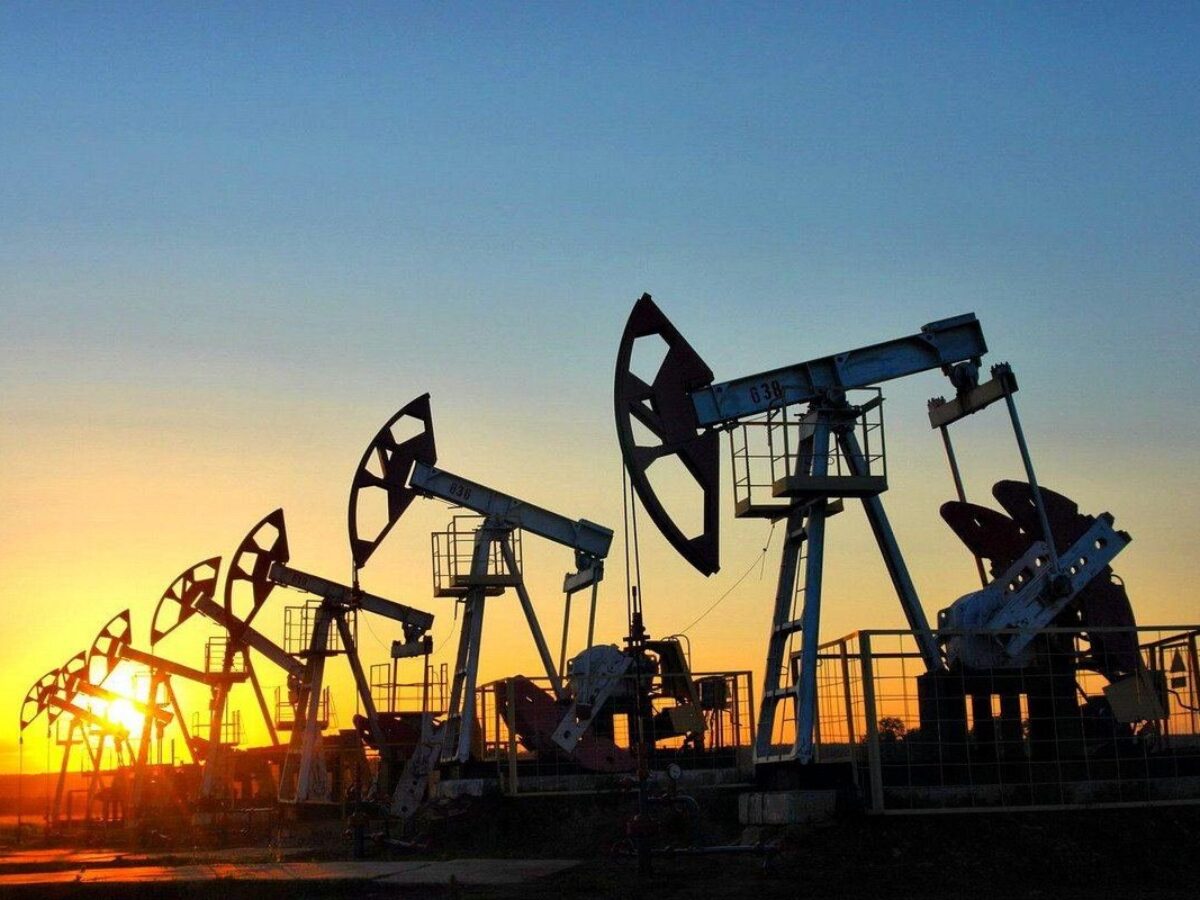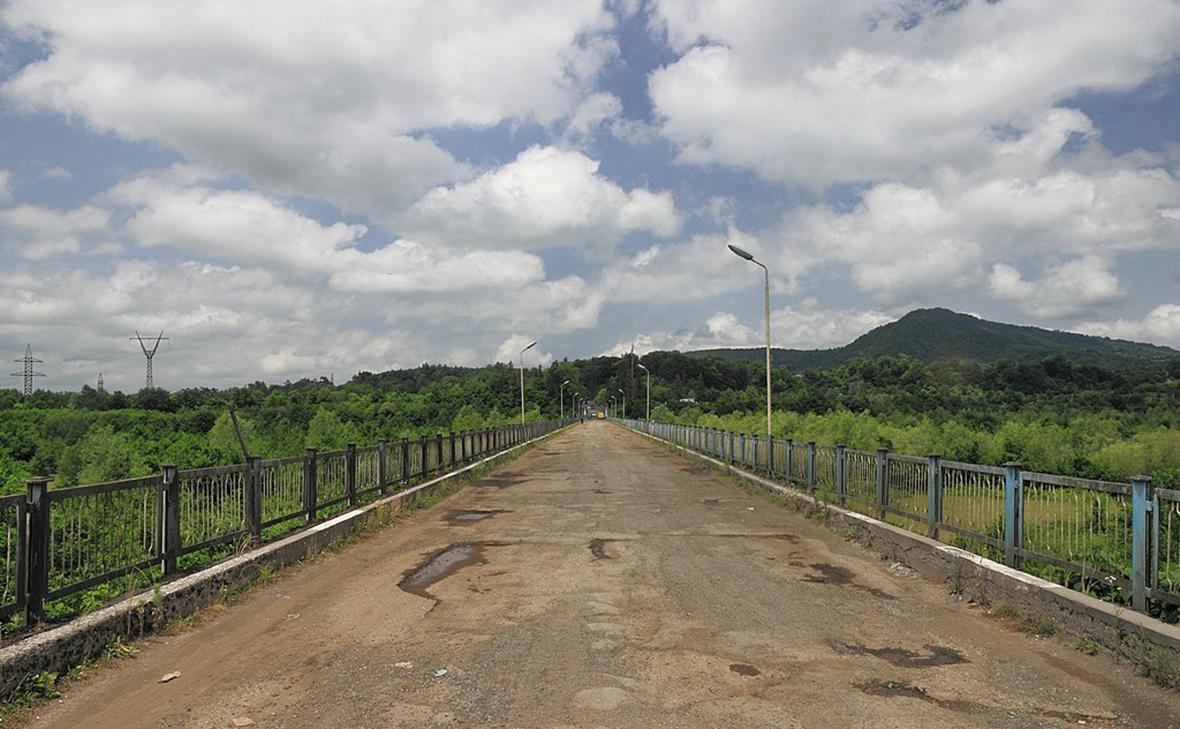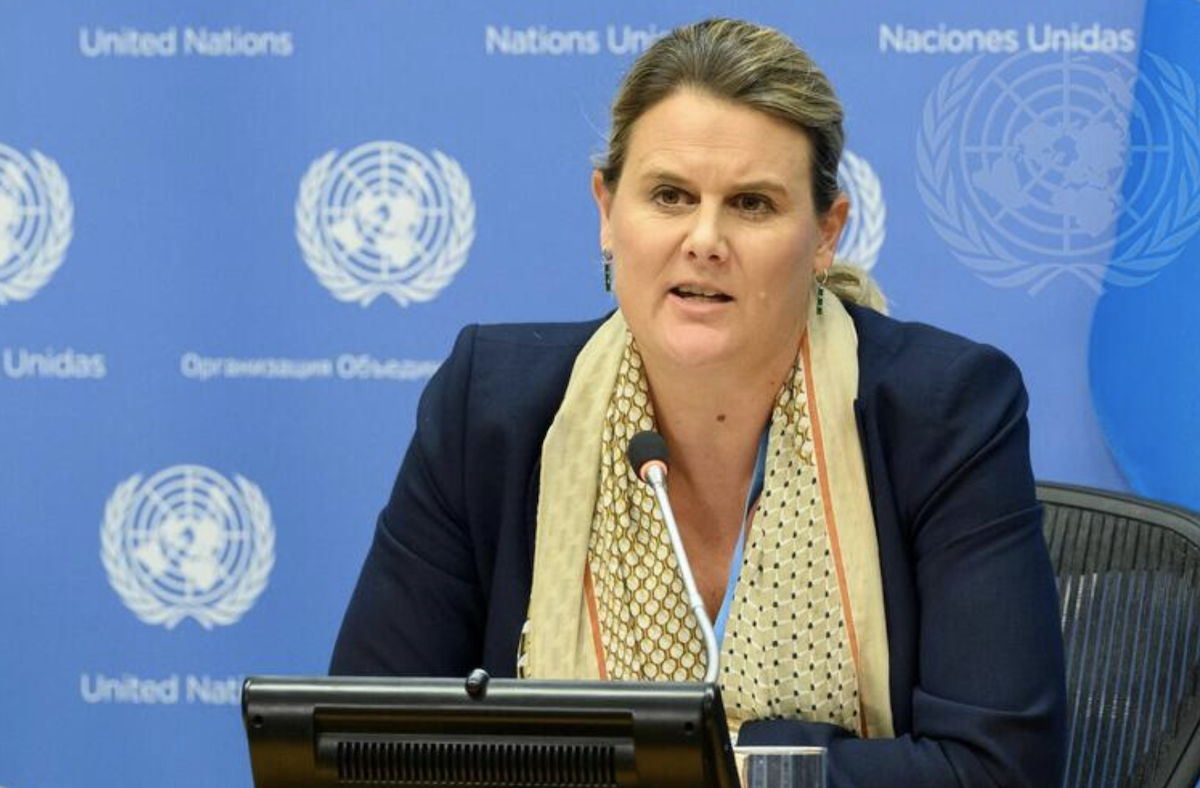"Both sides are thinking about war" – interview with Azerbaijani conflict expert
Azerbaijan is actively discussing reports that Armenians living abroad are resettling in Karabakh and the surrounding regions. JAMnews asked the chairman of the Organization for Humanitarian Research, Azerbaijani conflict expert Avaz Hasanov to comment.
In particular, JAMnews asked him, “If there is a resettlement in territories that are an internationally recognised part of Azerbaijan, how will this affect the bilateral ‘peace preparation plan’ launched in 2019?
At a meeting in Paris on January 17, 2019, Azerbaijani and Armenian foreign ministers Elmar Mammadyarov and Zohrab Mnatsakanyan agreed to take concrete steps towards preparing the residents of both countries for peace. The meeting was held with the participation of the OSCE Minsk Group Co-Chairs.
This interview with Avaz Hasanov was conducted by journalist Seymur Kazimov.
“Pashinyan plays to his audience”
After the explosion in the Beirut port on August 4, which destroyed the city center and left tens of thousands of people homeless, there were reports that the families of Lebanese Armenians resettled in Shusha (Karabakh). And then Armenian Prime Minister Nikol Pashinyan took part in the opening ceremony of a suspension bridge on the Cidir Duzu Race Track in Karabakh.
Armenians resettling from other regions to the occupied territories of Azerbaijan is not new. In 2006, there was a mission to investigate this phenomenon under the co-chairs of the OSCE Minsk Group.
The Azerbaijani government then stated that it had offered to investigate these facts and prepare a report.
Most of the reports of people resettling were from the Lachin and Kalbajar regions of Azerbaijan.
However, Armenia later blocked further investigation. And new settlers continued to be resettled, including the Armenian refugees from Azerbaijan.
The Azerbaijani side has evidence to confirm this. If international law is in force in this conflict, such actions contradict the third paragraph of the Geneva Convention of August 12, 1949.
Now there are videos [on the Internet] about the resettlement of Armenians from Syria and Lebanon. People should be wary about the intent of these videos. Why are they being circulated? In the end, it turns out that the Armenian side is blackmailing itself with these videos.
The most important thing in this situation is for the government to obtain evidence. There are international experts prepared to do this, and not necessarily from the OSCE. There are many other institutions that can be used to obtain and study cases and documents.
[Regarding the opening of the bridge] – Pashinyan is unable to take significant steps in the Karabakh conflict and is uninterested in resolving the conflict through negotiations. He plays to his audience, rouses their spirits. And the core point remains on the periphery.By taking such steps, it is easy to divert Azerbaijan, the international community and even the Armenian society from negotiations, from achieving peace and stability in the region.
And in 1978 the government of Azerbaijan had plans to develop the resort potential of Shushi. One of them was the opening of the cable car from Jydyr Duzyu to Topkhana. In those years, there was a popular health resort in Shusha.
• Karabakh conflict: “No breakthrough, but a serious talk about peace took place”
“Azerbaijan has no way to control these territories”
– The International Crisis Group has released a report on the resettlement of Armenian families. Should someone crack down on this, and if so, who – international organizations or the Azerbaijani authorities?
– Azerbaijan does not have the ability to control these territories. Azerbaijan was only able to obtain evidence they collected through satellite.
There is still another way: the Azerbaijani side can order any international organization to investigate who lives in the new settlements built in those regions. The Azerbaijani government has satellite photographs of these villages.
These are all legal paths. Azerbaijan wants to know what the situation is in the territories internationally recognized as their own.
“Preparing peoples for peace – a long-term perspective”
– Do they still believe in “preparing the two peoples for peace” in Azerbaijan? Did the escalation on the border between Azerbaijan and Armenia in July 2020 affect the prospects of this project?
– Preparing people for peace is a long-term project. It was popular 10 years ago, but it’s not now. But this does not mean that in five years it will not become popular again.
When the public starts to feel the pressure, they may start considering different options. Now the pressure is on both sides. They are thinking about war.
The only recipe for stability in the region is reconciliation between the two peoples. When both sides feel the consequences of war, there is only one option left, and both sides will start thinking about their future.










